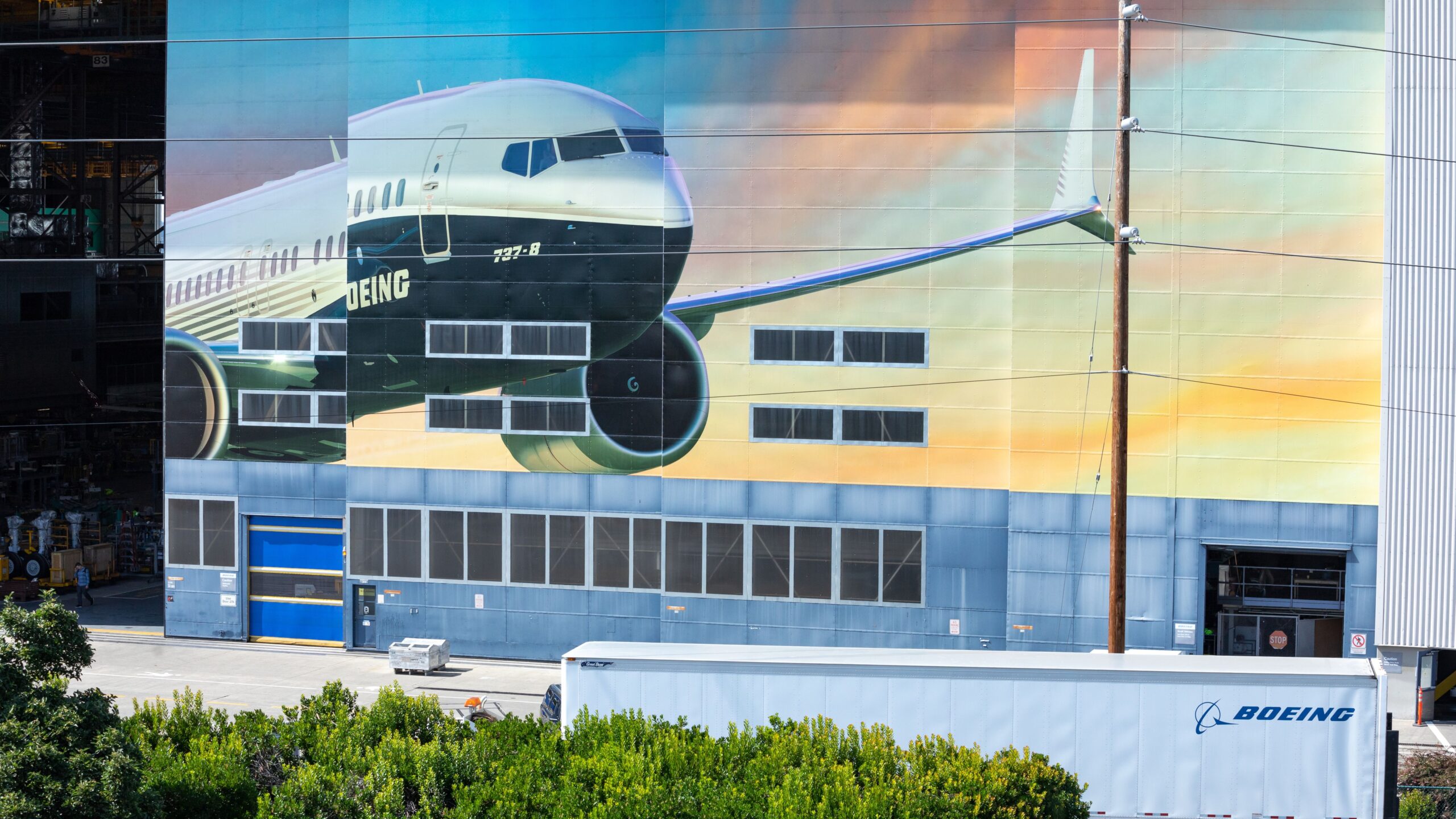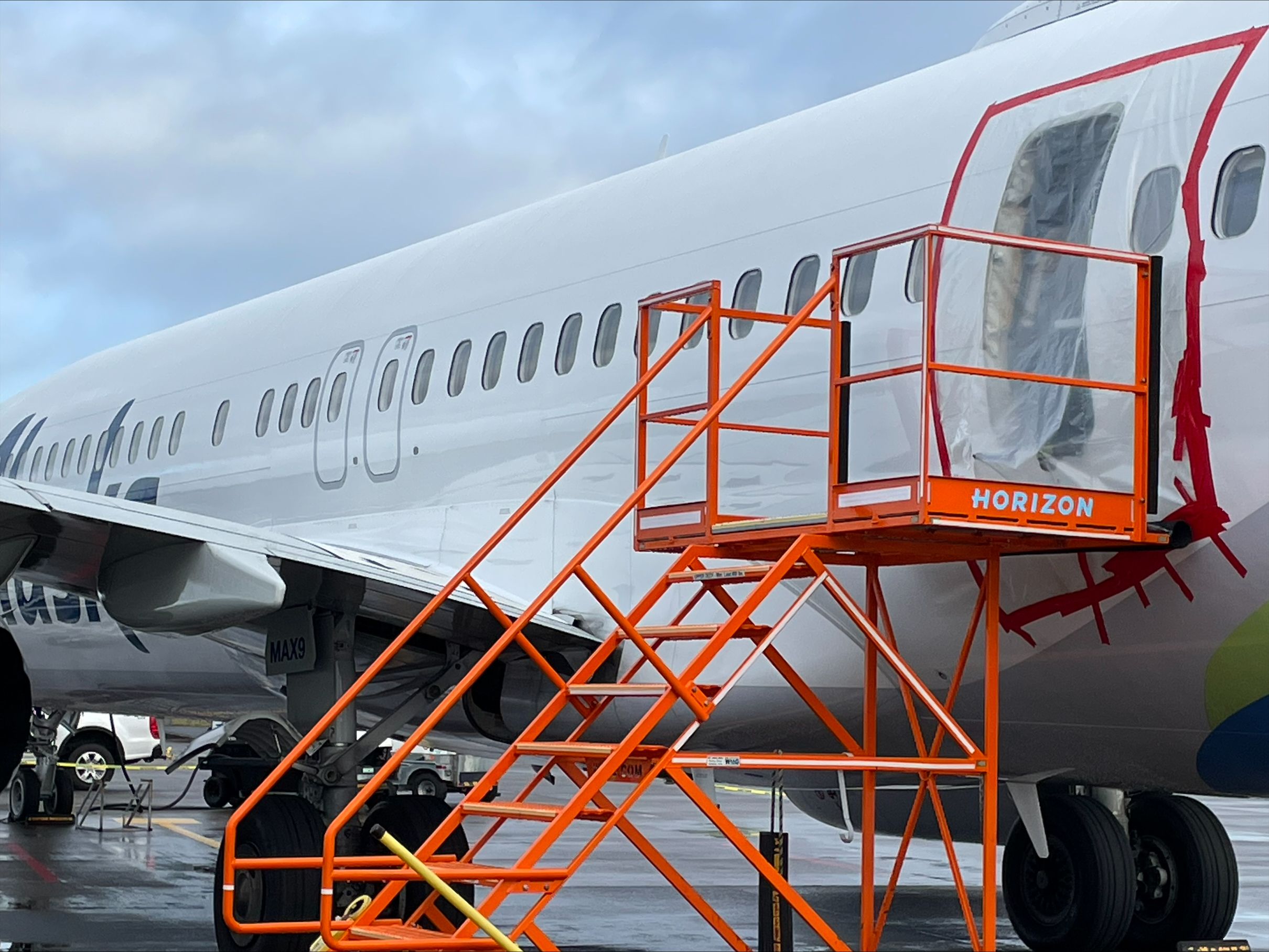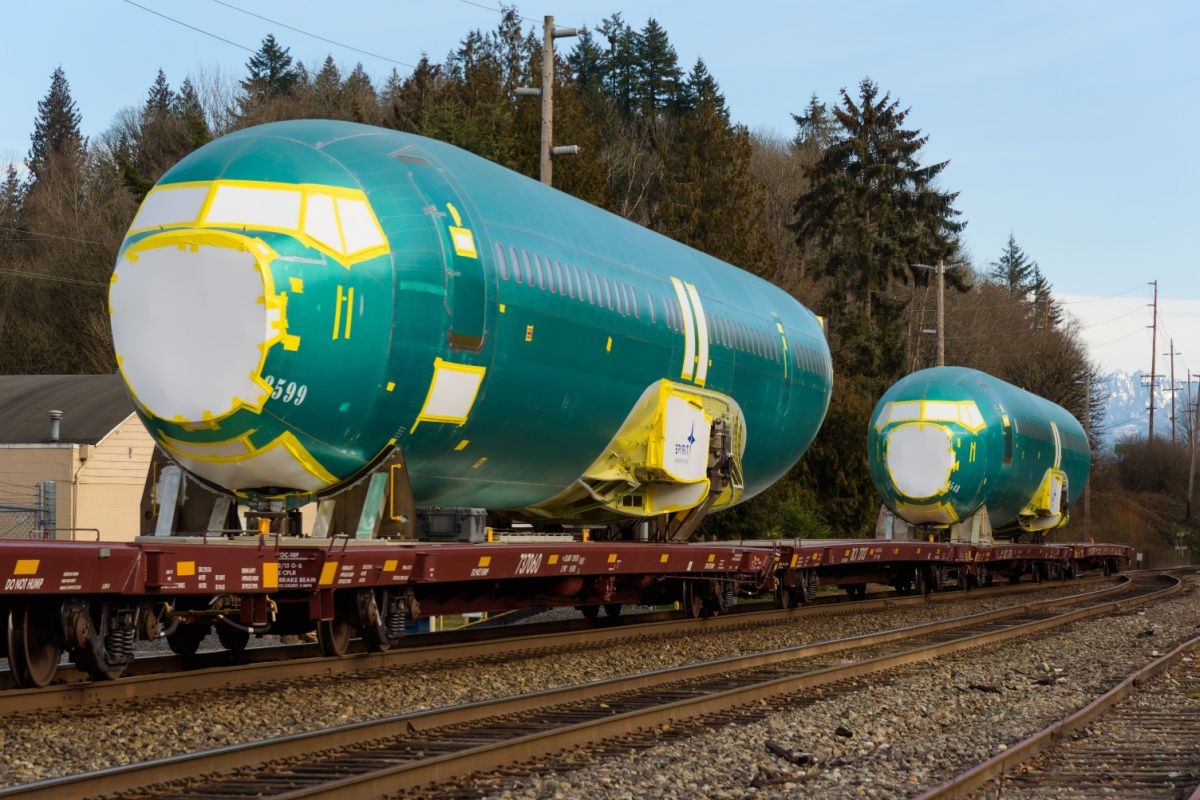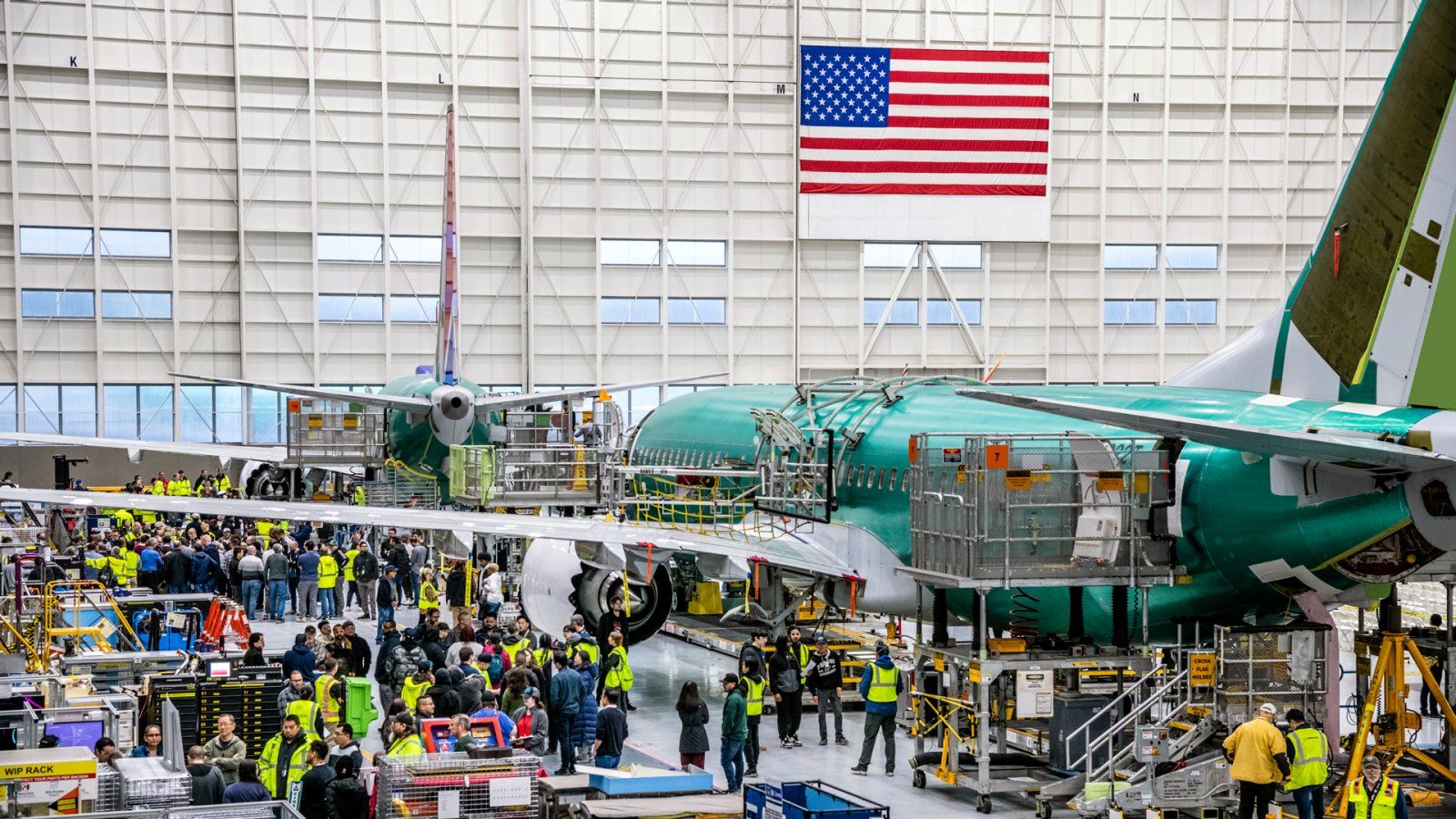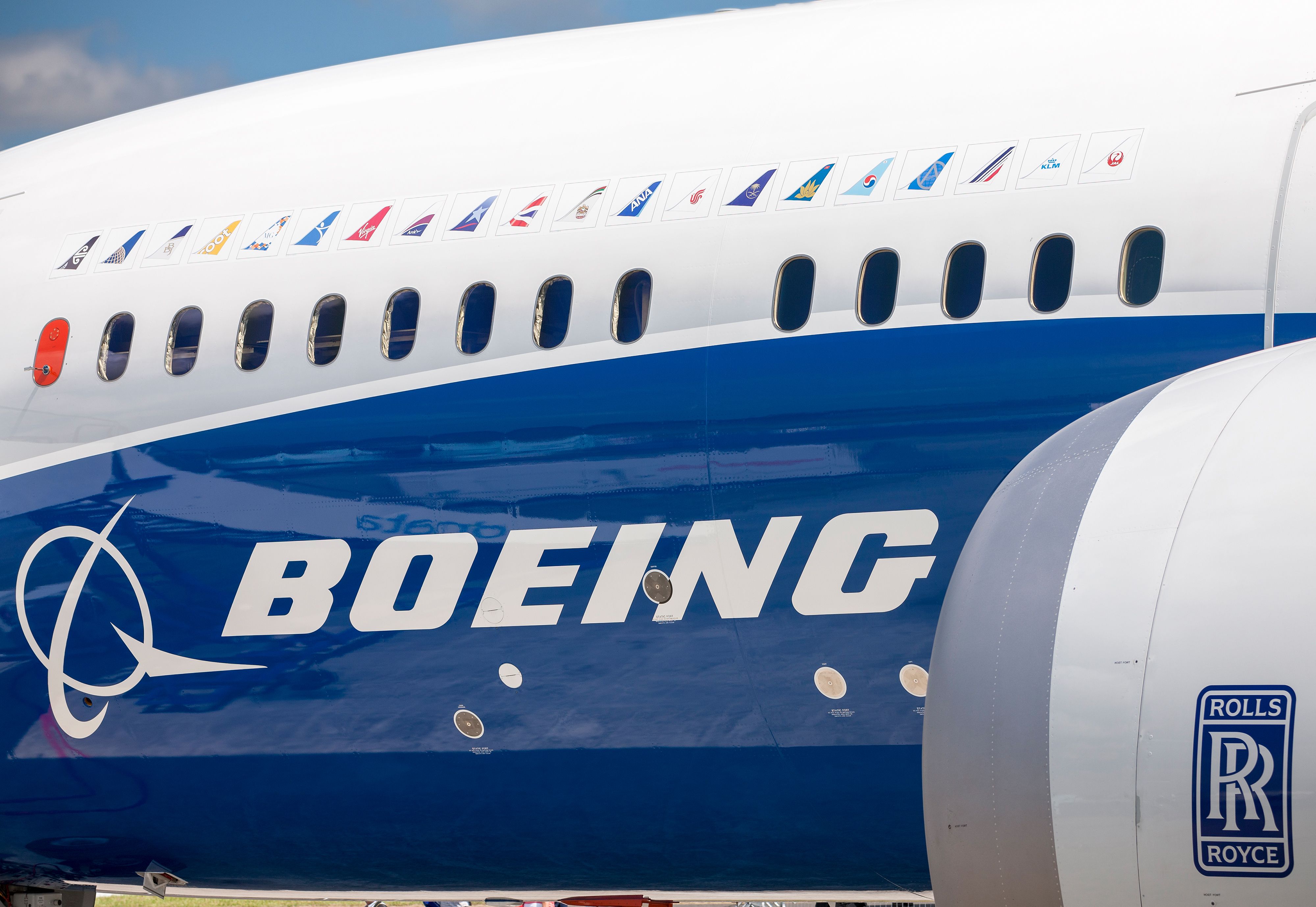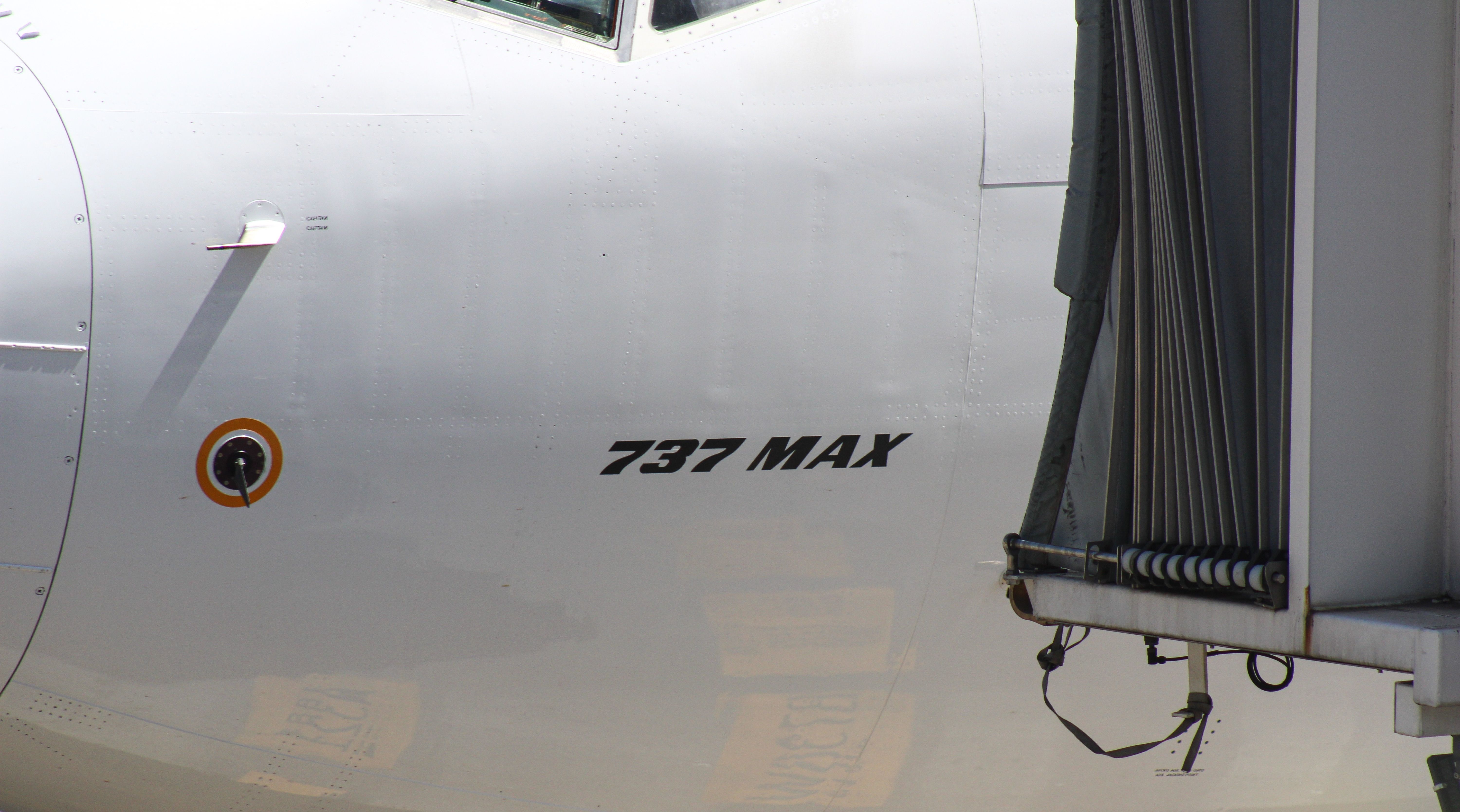Summary
- A Boeing Commercial Airplanes (BCA) executive shared the company’s plans and progress of making sure that quality and safety was apparent on the Boeing 737 MAX assembly line.
- The BCA representative also shared the context of the Alaska Airlines mid-air door plug blowout incident, including mentioning that one employee had failed to fill out the related paperwork.
- However, the executive’s statements have resulted in the National Transportation Safety Board (NSTB) sanctioning the aircraft manufacturer.
Elizabeth Lund, the senior vice president of quality of Boeing Commercial Airplanes (BCA), shared the company’s plans on how to make its Boeing 737 MAX assembly line safer and more focused on quality at a media briefing at one of the company’s sites. At the same time, Lund’s statement during the media briefing on June 25 included statements that have resulted in the National Transportation Safety Board (NTSB) sanctioning Boeing for disclosing non-public information.
Defect throughout the entire assembly process
Lund began the media briefing by going through the ‘why?’ of the Alaska Airlines flight AS1282 incident on January 5, when a Boeing 737 MAX 9 lost its mid-cabin door plug while climbing out of Portland International Airport (PDX). The incident has resulted in several injuries and the Boeing 737 MAX 9 being temporarily grounded.
Photo: NTSB
The BCA executive explained that the aircraft’s fuselage came with five non-conforming exhibits from Spirit AeroSystems, which included rivets located near the mid-cabin door plug. In order to reach and replace these rivets, technicians had to open up the door plug, with Lund adding that the company believed that the door plug was opened without proper paperwork.
“So, we believe that was a non-compliance process at that point by having the plug opened without the correct documentation and paperwork.”
Lund continued that the door plug was closed by the so-called move crew, which closes all of the openings on the aircraft, which, in this case, included the door plug, for an aircraft to be safe while sitting outside. The executive noted that while the move crew did not reinstall the retaining bolts of the door plug, it was not their job to do so, as they had relied on existing documentation.
Photo: Ian Dewar Photography l Shutterstock
The executive noted that the door plug had a little bit of interference, and that was how the Boeing 737 MAX 9 was able to fly around 150 flight cycles (FC) without losing the part. That was also how the aircraft had passed the manufacturer’s flight test, which is mandatory for all new aircraft.
“A defect entered our system from our supply chain. The defect traveled throughout our final assembly. And then, there was a lack of compliance [with] our processes by the correct documentation using the correct documentation.”
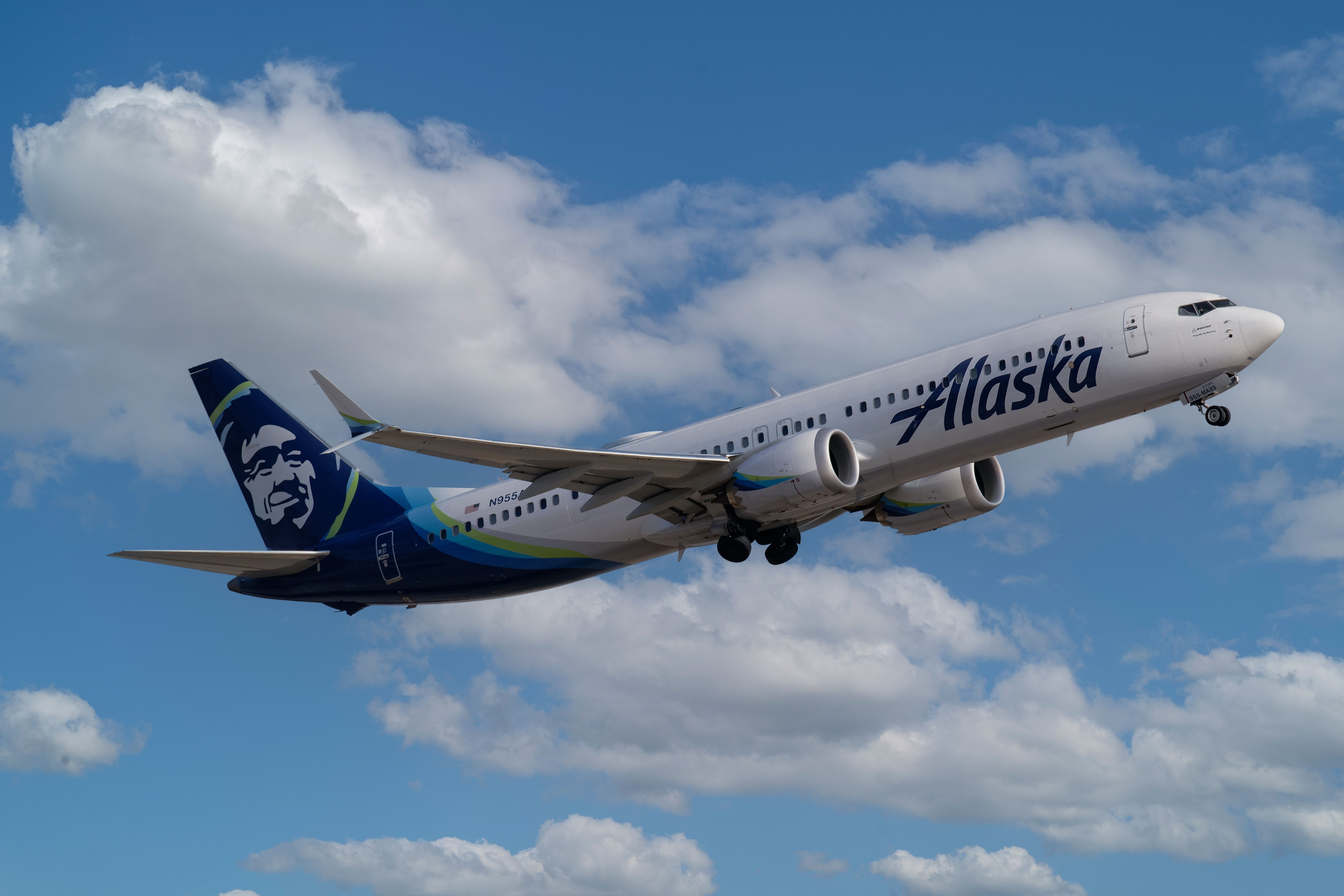
Related
Breaking: NTSB Says Bolts Were Missing From Door Plug On Alaska Airlines Boeing 737 MAX 9
As part of its investigation, the agency visited Spirit AeroSystem’s headquarters in Wichita, Kansas.
Lund also revisited the steps that Boeing has taken since the Alaska Airlines incident, breaking them down into six parts. First, the aircraft manufacturer added end-of-line inspections for critical systems, identifying these critical areas that could result in a potential accident.
As such, Boeing put end-of-line instructions in place, with most of these actions being done before an aircraft’s first flight, with the change affecting all aircraft programs. The goal was to ensure that no aircraft with non-conformance items left Boeing’s system and would be delivered to customers.
Photo: Boeing
Secondly, the company cleared up the instructions for the removal process, making sure everybody on the factory floor understood it. Furthermore, another point was clearing up the instructions, documentation, and processes related to door plugs. The last points were the reduction of traveled work, which means fixing non-conforming items while the aircraft continues traveling through different stations on the factory floor, processing findings from the in-service fleet inspections, and engaging with airlines on best practices.
What followed was feedback from key stakeholders, including employees, airline customers Federal Aviation Administration (FAA) audits, internal audits, a safety review panel, and an independent assessment from Kirkland Donald. This has resulted in four categories of action:
- Investments in workforce training
- Simplification of plans and processes
- Elimination of defects
- Elevating safety and quality culture
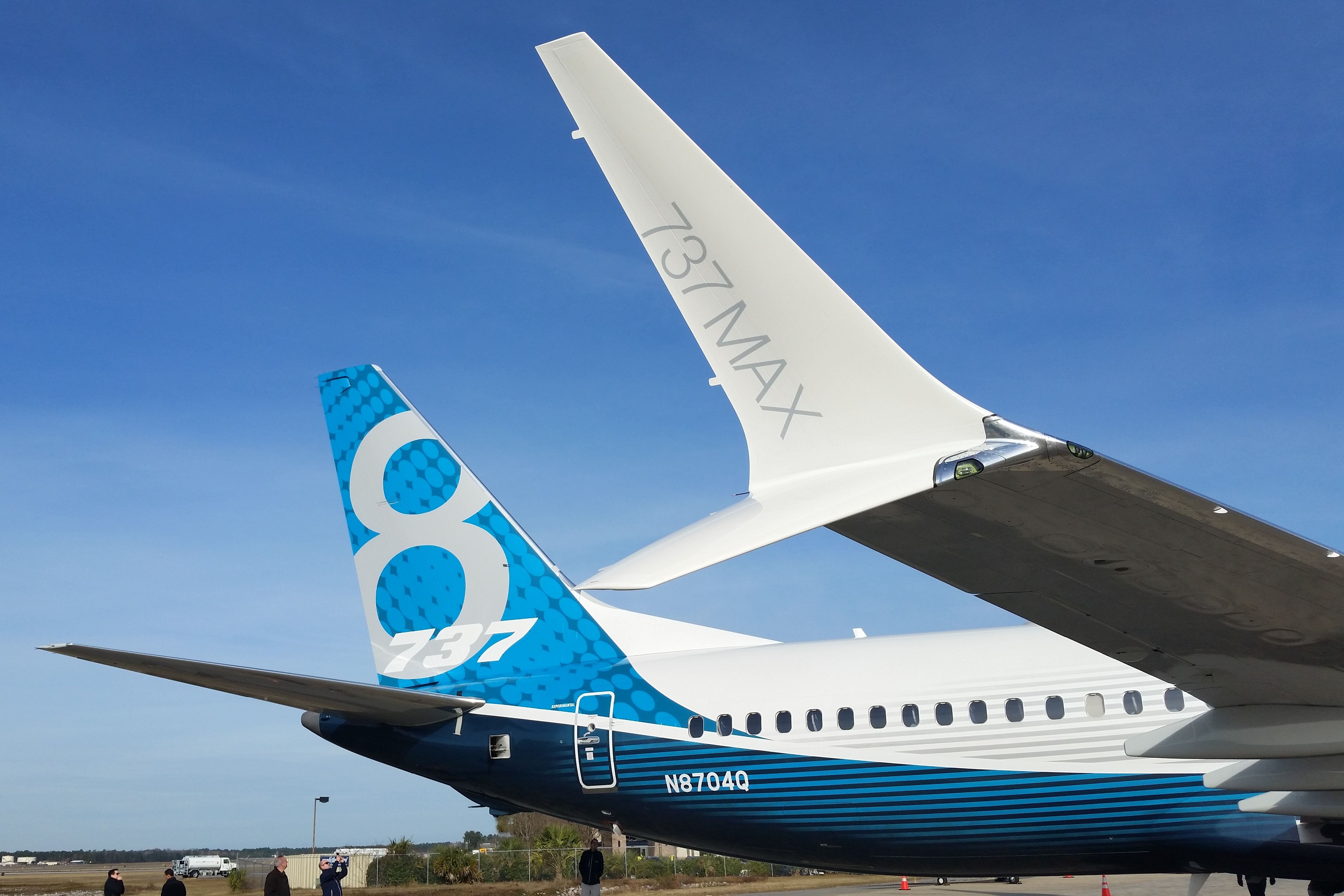
Related
Airline CEOs Demand Meeting With Boeing Board Of Directors Without CEO David Calhoun
It’s unclear when the meeting will take place.
NTSB’s sanctions over the statements
During the questions-and-answer session with the media, Lund explained that finding the one employee who she previously said was unable to fill out one piece of paperwork related to the opening of the door plug, which was shocking to Boeing’s management, was the responsibility of the NTSB.
“We do know, and we believe that there was a lack of documentation of that paperwork [related to the door plug – ed. note]. It has been well reported. We know [that] the plug was opened, and the paperwork was not there.”
Initially, the NTSB issued a statement on June 27, just as the embargo on all of the reporting from the media briefing at Boeing on June 25. According to the board, Lund gave an analysis of factual information that was previously released and disclosed non-public investigative information.
Photo: Ryan Fletcher | Shutterstock
Both actions have been prohibited under the party agreement that Boeing signed when it was offered party status by the NTSB. The board reiterated that as a party to many investigations over the years, few stakeholders know the rules better than Boeing. As a result, Boeing will retain its party status but will no longer have access to the investigative information that the NTSB will produce as it continues investigating the Alaska Airlines mid-air door plug blowout. The Board said that it would subpoena the manufacturer to appear in two hearings on August 6 and August 7.
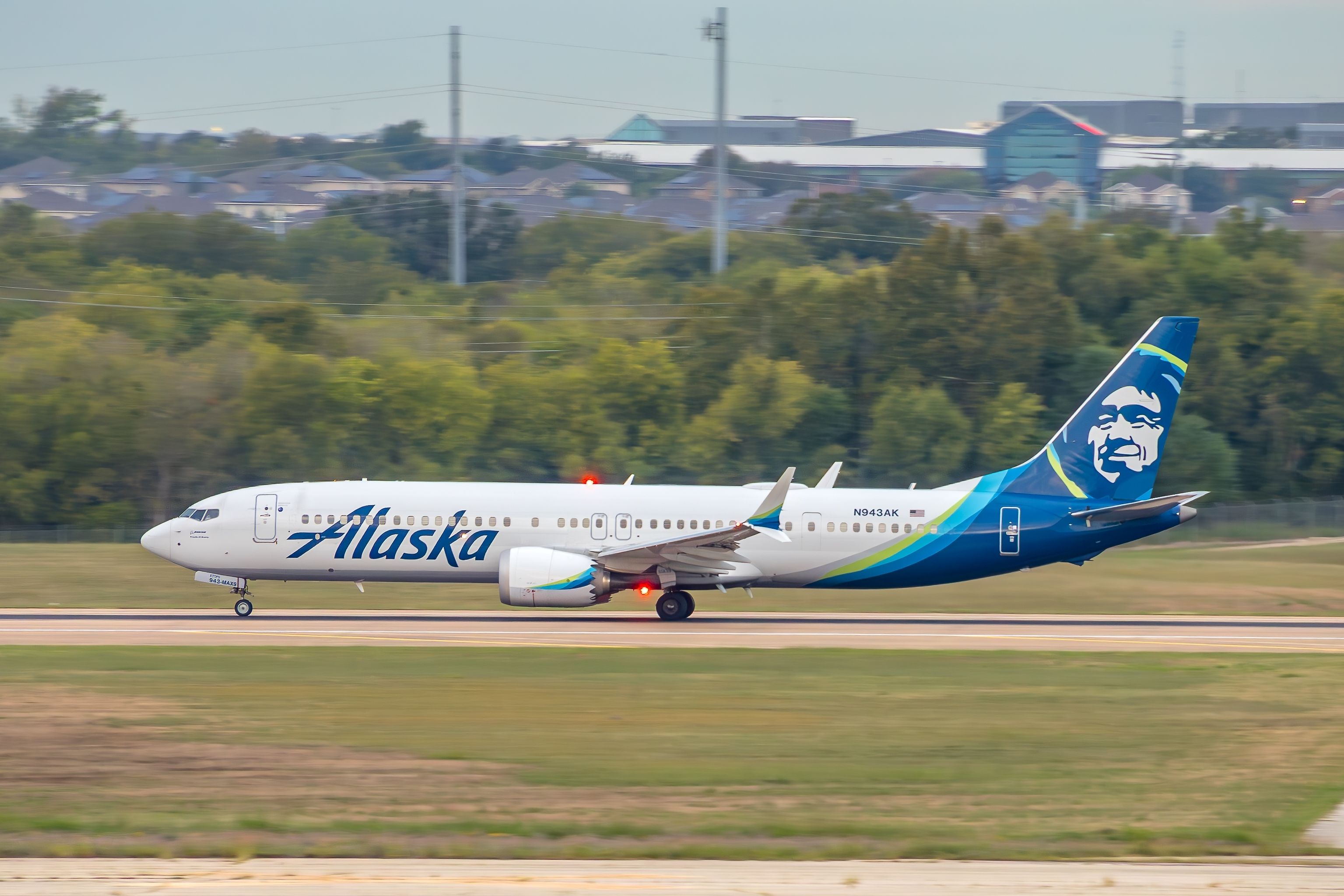
Related
Alaska Airlines AS1282: NTSB Sanctions Boeing For Breach Disclosure To Media
The information disclosure happened on June 25, which included Boeing pinning the blame on an individual, according to the NTSB.
Second warning to Boeing
In a separate letter on June 27, the NTSB directly addressed David Calhoun, the President and chief executive officer (CEO) of Boeing, reiterating that the Board has been using the party system for decades. The NTSB has found the system the most effective for the investigative process for major transportation accidents and incidents, with parties helping the NTSB with the fact-finding phase of the investigation. No outside parties participate in the board’s analysis.
“Notwithstanding these requirements, we learned that on June 25, 2024, [Lund] gave a long-planned media briefing without the knowledge or consent of the NTSB at which she released non-public information and made unsubstantiated speculations about [the] possible cause of the [January 5] door-plug blowout, which is directly at issue in the ongoing investigation.”
While the breach of NTSB’s regulations and the party agreement was intolerable, the Board said that it was also aware that Howard McKenzie, the Chief Engineer of Boeing, made statements about the Southwest Airlines Boeing 737 MAX 8 Dutch roll incident in June 2024.
Photo: Unaccompanied Media | Shutterstock
The NTSB said that McKenzie had stated that the incident was unrelated to design or manufacturing despite the Board still investigating that incident. As a result, parties are prohibited from disclosing or discussing the potential causes of the incident, with the NTSB adding that it has not determined the probable cause(s) of the event.
“This is the second warning we have issued to Boeing in just this year regarding its flagrant violation of the NTSB rules. It is crucial that the investigation speaks with one voice – that of the NTSB – to prevent the release of inaccurate, misleading, unconfirmed, and out-of-context investigative information […].”
The NTSB reiterated the subpoena, inviting the company’s representatives, including Lund, to appear at the hearings in August. The aircraft manufacturer will be unable to ask questions of other participants. The Board has also contacted the Department of Justice (DOJ) over the unauthorized release of information, which the NTSB reiterated violated its regulations and the party agreement that Boeing has signed.
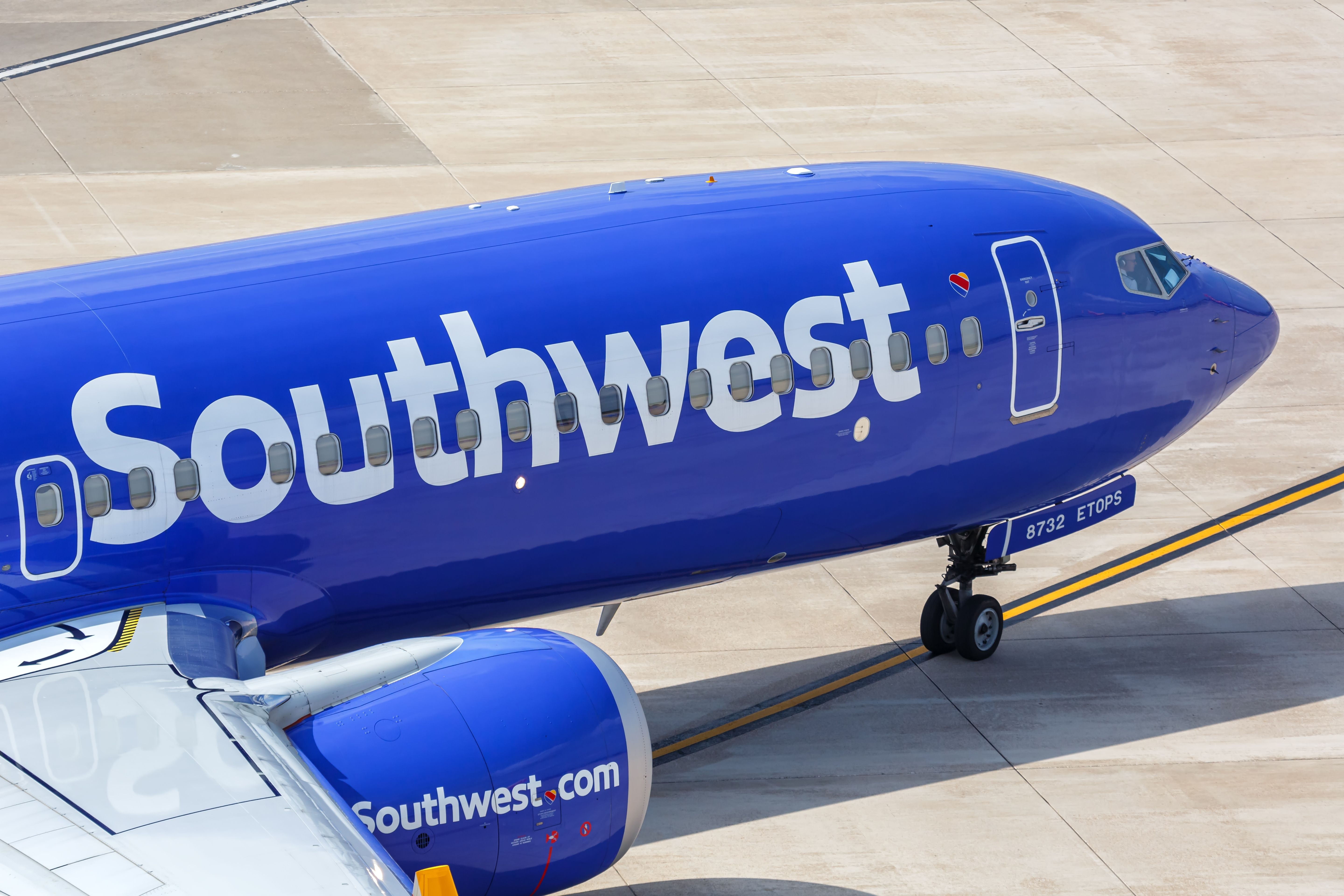
Related
FAA Investigates Boeing 737 MAX 8 Dutch Roll On Southwest Airlines Flight
A Boeing 737 MAX landed safely after experiencing a Dutch roll while cruising, apparently due to a damaged PCU.

